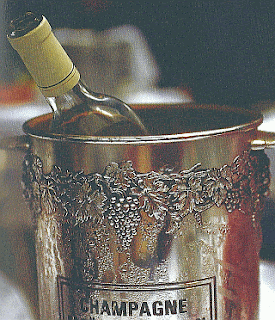Italian Wine and Food of Le Marche Regione
The Marche region encompasses a territory that rises gently from the beaches of the Adriatic, towards the rolling hills of the Esino valleys, to reach as far as the Umbria and Marchigiani Appenine mountains where history and culture, quality wines and food have created a land built on simple human endeavour. To live among these hills is a pleasure, an honour and a privilege.
Simple phrases often heard in the piazzas after the Sunday church service are the quest for a slower pace of life, healthier tastes and smells.
A return to traditional products of the
Marchigiana region, a stoppage of time and the daily race against time, relief from the stress that we build up in our lives are Mentioned.
Amongst the verdant hills of Verdicchio, Rosso Piceno and Rosso Conero country it comes naturally to stop every now and again, to take back a bit of our lives, to enjoy the light and heat of summer. The grapes growing along the neat rows in the vineyards are getting plumper every day. Once again, we see the promise of being able to raise a glass of wine in the company of friends.
For the first time, may be we can taste the new red, the new white wine vintages and offer a special spumante wine to clients and friends. For the spumante wine is not new but is reviving and that’s a pleasant surprise; to taste a Spumante made exclusively from Verdicchio grapes to those made from carefully selected and researched grape blends is a treat not to miss.
In Le Marche you’ll find bottles of bubbly produced by the Metodo Classico as well as by the Charmat Method. You’ll find reds, whites and rosé. Le Marche is a land of Sangiovese, Montipulciano, Verdicchio, Rosso Piceno and Rosso Conero winegrowers and are producing some truly splendid wines and champagnes.
Le Marcie wine-makers are focusing more and more on exports and are regular features in supermarkets around the globe. But take some time whilst touring around Le Marche and call in to the many cantina, that perhaps do not advertise vulgar bill boards for wine tasting but nevertheless encourage and are proud to tell the history of the wine and let you taste their produce with maybe some home made farmhouse cheese. And, I am happy to report Le Marche wines are meeting with increasingly positive reactions on International markets, both for the high level of quality achieved as well as for the good price/quality ratio.
The awards earned by our producers who have competed in international contests serve to further encourage their commitment to reach even higher pinnacles of excellence. The figures emerging from 2011 and the early months of 2012 are very positive. In the next post I will provide details of cultural tours and/or food and wine tours here in our region.


















